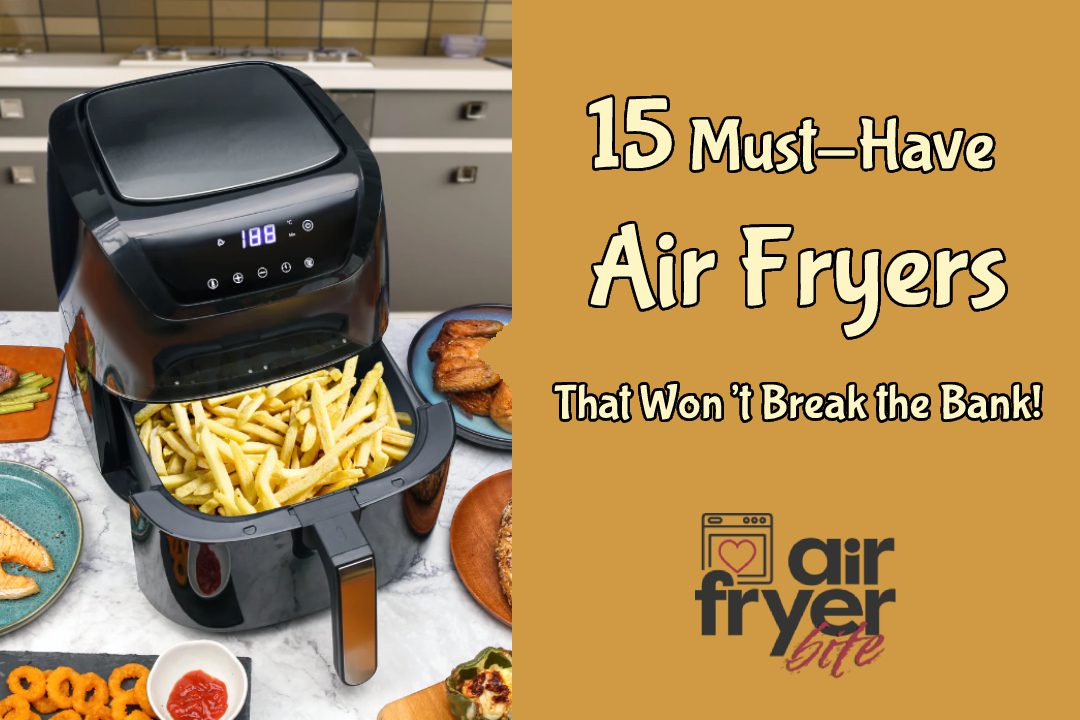Deep frying is a popular cooking technique in America, used to prepare a variety of foods such as french fries, fried chicken, and even deep-fried ice cream to tantalize the taste buds. Nevertheless, this method necessitates the use of oil.
When cooking a dish that requires frying, it can be both costly and time-consuming, leading many individuals to opt for ordering fried food instead of making it themselves due to their busy schedules, family responsibilities, and financial constraints.
Yes, it is possible to reuse oil in a deep fryer for frying similar foods, but it is recommended to change the oil if you switch from frying shrimp to making desserts like funnel cakes. The decision to reuse or discard the oil will depend on factors such as the type of oil used, cooking temperature, and whether the oil is filtered between cooking batches.
When it comes to frying food, the choice of oil and cooking temperature must be carefully balanced to avoid ruining your dish, as even a small mistake can have disastrous consequences.
When done correctly, frying food is a great way to cook your meals and you don’t need to be an expert chef to reap the rewards of this technique.
What Is The Proper Way to Reuse Frying Oil in A Deep Fryer?
Maintaining the integrity of the oil for reuse is largely dependent on frying at the appropriate temperature, as errors often occur when the temperature is either too high or too low.
Using oil that is too cold for deep frying can result in undercooked food with a doughy consistency, which is not enjoyable to eat, thus defeating the purpose of deep frying.
The temperature of the oil is key when deep-frying, as cooking too hot will char the outside while leaving the inside uncooked. A thermometer can be a great help in keeping the heat at an appropriate level. It all boils down to getting the right temperature when deep frying.
The second factor to consider is the kind of oil you use. When it comes to frying food, peanut oil is the top choice due to its popularity and ability to withstand high temperatures. Oils that are specifically formulated for high heat cooking can also help prevent the breakdown of the oil.
If you want to avoid the nutty taste in your food, Canola oil is a suitable option for frying as oils obtained from nuts will impart this flavor.
It is essential to filter your fat and any contaminants after EVERY use. There may be crumbs left from the batch. Not filtering the oil will result in burning your food.
Leaving behind crumbs can cause them to burn and impact the cooking process of subsequent batches of food, while filtering the oil can aid in preserving its quality.
It is crucial to follow this step to avoid wasting time and experiencing frustration while cooking, especially when considering the reuse of oil in a deep fryer.
Regarding your dish, the number of times you reuse the oil is also important. Frying chicken with peanut oil can be done up to four times, but it’s essential to be careful as chicken has a potent flavor that could impact the taste if you use the same oil for another dish.
Oil used for frying potatoes to make chips can be reused multiple times, but with each reuse, its quality deteriorates and becomes increasingly unstable.
How Many Times Can I Reuse the Oil With Certain Foods?
If you want to know how many times you can reuse a specific oil for your cooking, it’s helpful to refer to a table that lists the type of food, oil, and number of times it can be reused. Here is a breakdown of popular foods and their respective reusable times.
| Food | Oil | Times of Reuse |
| Chicken/Beef | Canola | 3-4 |
| Shrimp/Seafood | Fish/Grape Seed | 7 |
| Chips/French Fries | Corn | 8 |
| Donuts/Pastries | Peanut | 3-4 |
| Cheese | Vegetable | 3-4 |
| Bread | Vegetable | 3-4 |
| Processed Desserts (Twinkie, Oreo, etc) | Canola, Sunflower, Peanut | 3-4 |
It is evident that on average, oil can be reused 3-4 times and vegetable oil is a versatile option for frying food.
Adhering to the recommended temperatures and cooking times for each type of oil will result in a delectable meal that can be enjoyed by all, including health-conscious guests.
When it comes to frying foods, there are healthier options in oils available that can make it less of an enemy to one’s diet. By using proper preparation techniques and ingredients, anyone can indulge in this beloved cooking method without guilt.
What are Healthier Oil Options For Frying?

Coconut oil is by far the most beneficial choice when cooking any meal. It can help reduce body fat, combat inflammation, and enhance cognitive functioning. The advantages of coconut oil will make anyone rethink fried dishes as being unhealthy.
When considering the flavor of the oil, it is important to exercise caution with coconut oil as it may impart a distinct coconut or nutty taste. Opting for other healthy oils that do not have a strong flavor may be a better choice. Animal fats such as lard, ghee, and tallow can provide a healthy option without adding any extra nutty flavor.
When selecting an animal fat for reuse in a deep fryer, it is important to consider the diet of the animal as it determines the level of healthiness; if the animal was fed with organic or grass-fed food, then the fat will be a healthier option compared to one from an animal that consumed processed food.
Healthy animal fat is an excellent option as it provides a complete taste without any extra nutty flavor.
When it comes to frying food and using a deep fryer, the process can seem daunting, but selecting oils that are rich in saturated and monounsaturated fats can make it less overwhelming.
Avoid oils that have polyunsaturated fat content. Additionally, it is important to consider the appropriate temperature for each type of oil. Finally, ensure that you store your oil correctly as it can quickly oxidize and create harmful radicals, resulting in a foul smell if not stored properly.
Preparing and taking precautions can help anyone fry successfully and healthily, making it a delicate art that shouldn’t intimidate you as long as you remember these few things.
How Do I Filter My Cooking Oil For Reuse?
When filtering cooking oil, a straightforward technique is to use either a coffee filter or cheesecloth, which will effectively gather any remaining crumbs or pieces.
By cleaning the oil, you can maintain its integrity and reuse it several times, typically up to 8 times, which is a cost-effective and time-saving measure.
What Are Healthy Oil Alternatives For Frying?
Those who enjoy fried food but desire healthier options can take advantage of various alternatives such as coconut, olive, avocado, macadamia, lard (pig fat), tallow (beef fat), and ghee*, each offering a distinct flavor.
It is important to investigate the best ways to cook when using oils that have delicate temperatures and techniques. Researching cooking methods is essential.
Air Fryers Are Healthier Overall
Unlike a deep fryer, which needs oil to achieve a crispy texture, an air fryer uses the Maillard effect and convection mechanism to create the same result without oil.
While the texture of food cooked in an air fryer may not be identical to that of deep-fried food, it is worth noting that using an air fryer can reduce fat content by up to 80%, resulting in significantly fewer calories compared to deep-fried dishes.
However, the use of a small amount of oil in the air fryer can significantly enhance the crispiness of the ingredients upon frying.
Our air fryer was a regular part of our cooking routine, used up to 4-5 times per week, until it eventually broke down. Despite its simplicity, it provided a pleasant change from traditional cooking methods.
We fell in love with the Cosori 5.8 air fryer, here’s a link to it on Amazon.
What Is The Difference With Pan Frying From Deep Fryer?
Pan-frying necessitates distinct temperatures and oil quantities compared to a deep fryer, making it more hazardous, primarily due to oil splattering.
When it comes to frying food, the available space is limited by the depth and height of the pan.
Using a deep fryer provides more cooking options, especially for dishes that require complete submersion, which is much simpler than using a pan or pot on the stove.
Check out our reviews for Air Fryers and Accesories!
Related posts
https://airfryerbite.com/why-does-everything-stick-to-my-air-fryer/
https://airfryerbite.com/how-do-you-silence-an-air-fryer/
https://airfryerbite.com/why-is-my-air-fryer-not-heating-up/
https://airfryerbite.com/air-fryer-vs-slow-cooker-whats-the-difference/
https://airfryerbite.com/cosori-5-8-qt-premium-air-fryer-review/



